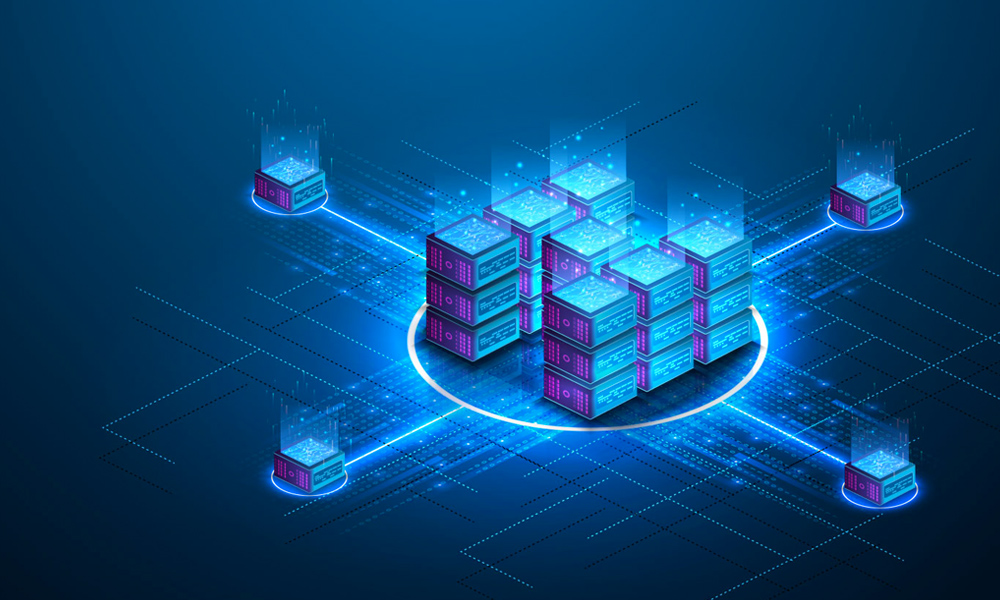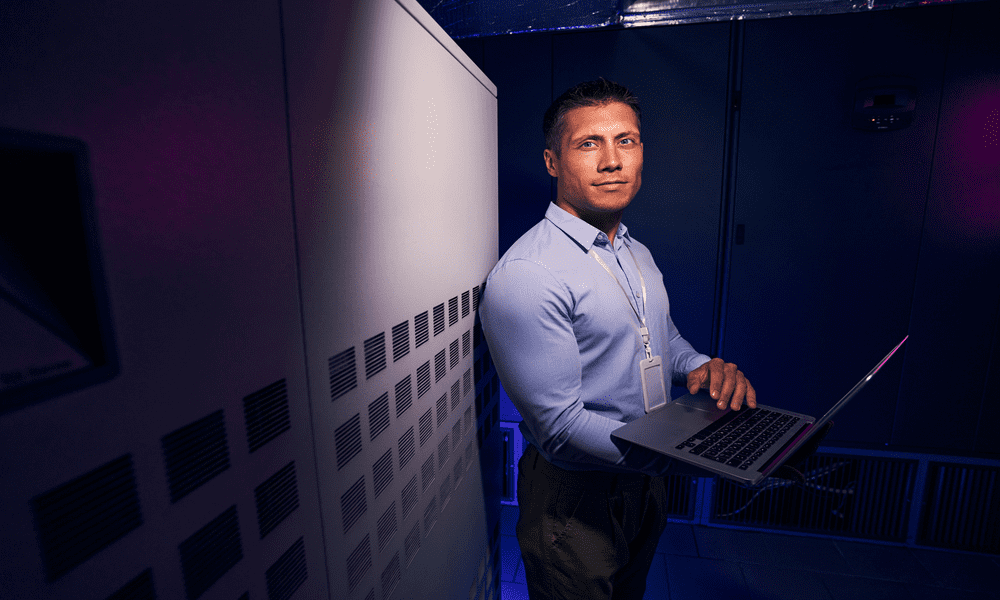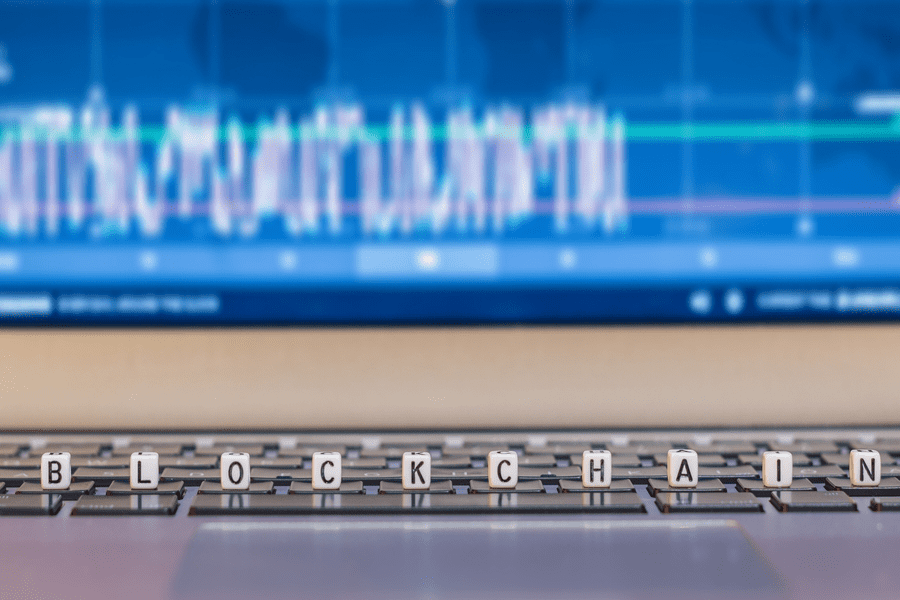Data Center Trends in 2021

The demand for digital transformation, especially data center utilization, has increased significantly in response to the pandemic-driven changes. To decide on what’s more to do in the new year, it is important for companies to understand the upcoming trends. Therefore, let’s go through these six data center trends in 2021.
Data centers are now critical, almost like utilities.
Today, data centers are needed in the similar ways the world’s population needs electricity, gas, and water since the common practice of work and schooling from home demands the availability of data centers even in rural and remote areas. What’s more, high availability (the measure of data center uptime) is also vital since ready-to-use networks are impossible without strong, reliable, protected connections.
Automation is now mandatory.
The practice of physical distancing has forced companies to implement work from home and minimize the number of personnels on-site. These movement restrictions have made automation a must. Modern automation platforms can handle most server operations, such as component inventory, automatic discovery, instant hardware replacement, network and storage configuration, and many more. Thus, investing in automation allows data center owners to operate more effectively and reduce costs in the long run.
Smaller data centers are vital to facilitate edge computing.
The rise of 5G and IoT devices has made edge computing critical. In edge computing, data is processed as close as possible to the place where it is collected (the edge of the network) to improve speed and reduce latency. To facilitate it, data centers will not only be built in large enterprises and technological centers. Instead, the number of small facilities spread all around the world will increase. To adapt to the trend, data center providers need to immediately start deploying small data centers with large data center capabilities in edge areas and have a centralized platform to manage hardware in various locations.
The need for colocation data centers is still significantly rising.
The interest in colocation services has significantly increased as companies had to move their hardware to proper data centers due to closed offices. Nonetheless, the requirements of a colocation data center have shifted. Customers now demand more than just renting some rack space, so colocation data centers have to offer advanced tools that were not available in a self-hosting environment including automation features, such as remote operating system installation, intelligent metrics, or firmware updates.
Sustainability is becoming essential in the industry.
The IT industry is taking on responsibility for driving environmental changes in the world, and energy and water usage will be a major attention. The data center corporations contribute approximately 1% of global energy consumption, so in 2021, there will be a wave of infrastructure innovation especially in the area of thermal management. Adding to that, by 2025, 90% of Forbes’ Global 2000 companies will mandate reusable materials in IT hardware supply chains, carbon neutrality targets for providers' facilities, and lower energy use as requirements for doing business.
Advanced cloud computing is on demand.
Cloud computing is becoming a standard. A model called hybrid cloud, in which a company designs its own cloud in a data center, controlling its dedicated private network and virtualized infrastructure, has become a growing trend. As a result, modern data centers are expected to provide features such as low-latency networking, built-in virtualization and container platforms, or even native support for databases and other advanced applications.
To summarize, in 2021, data centers are a utility-like necessity, so more data centers are vital especially to support edge computing. Data centers will also need to evolve to answer the world’s demands by supporting automation, sustainability, and advanced cloud computing.

















